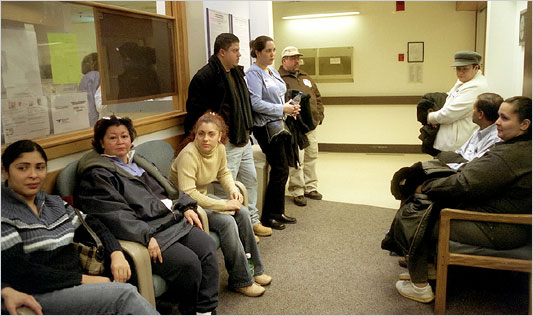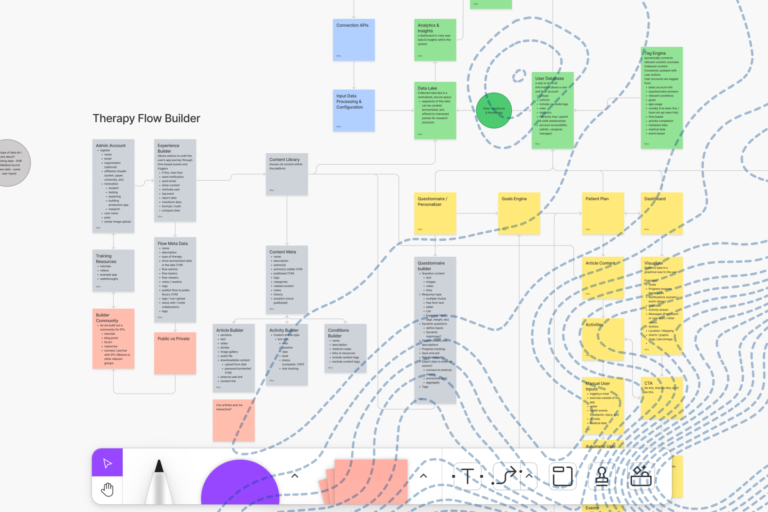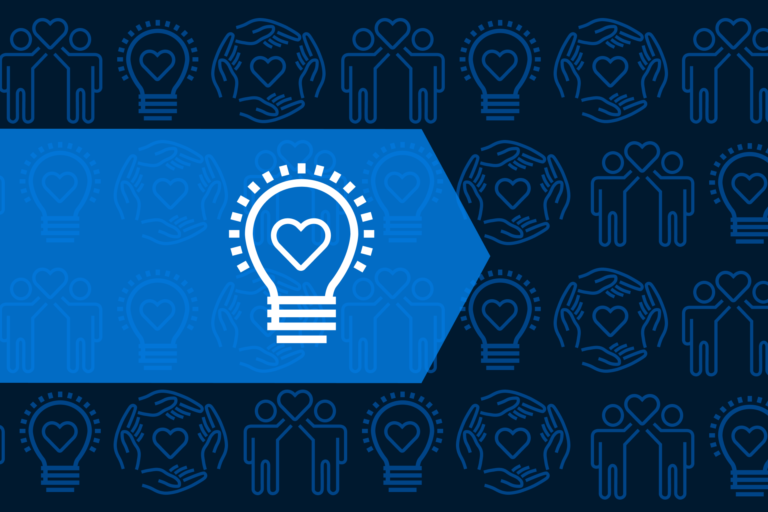Healthcare should take to heart the first rule of user experience: give the users what they want.
With the upcoming buyout of Aetna by the retail pharmacy chain CVS, changing the patient experience is the talk of the town. The vertical integration of payer, provider, and retail opens up a lot of possibilities, but it also reveals a boatload of potential pitfalls.
Luckily, healthcare isn’t the first industry that has set out to improve its experience, and it certainly won’t be the last. That means there’s a wealth of examples to draw from — and surprisingly, one of the most relevant may be from the world of software.
From the iPhone to Amazon Echo, the last decade has seen an explosion in easy-to-use and approachable digital experiences. And when it comes to improving the patient experience, the world of software UX just might hold the key to success.
What is patient experience?
If you’re not in software development or design, you might not be familiar with the terms user experience (UX) or customer experience (CX). UX is shorthand for the sum total of the interactions a user has with a piece of software. For an ecommerce site, that might mean signing up, browsing merchandise, placing an order, and getting a confirmation email.
Interested in healthcare innovation? Curious about blockchain, big data, and machine learning? Sign up for our free HealthWire newsletter.
CX is the same thing, but expanded to cover your whole business. It encompasses everything that UX does, but also delves into questions like:
- How do customers find your business?
- How do they know what you sell?
- How do you explain the costs?
- How do they pay, and what do they do if they have a problem?
Patient experience takes those same concepts and applies them to healthcare. How do you book an appointment? What are you expected to do when you show up and after you leave? How do you share medical info from doctor to doctor? How do you find out how much you owe and what happens when you try to pay?
It’s all part of patient experience — and as anyone who’s ever been to a doctor can tell you, it ain’t great.
Download our Engineering the Modern Patient Experience white paper
The patient experience epidemic
Let’s make one thing perfectly clear: Good patient experience isn’t a nice-to-have, it’s a must-have. (At least, it is if you want people to be healthy.)
Why is it so important? Well, it all comes down to something called health literacy.

Health literacy covers a ton of things, from knowing what it means to eat healthy to understanding what happens to your health insurance if you leave your job. And it’s just as influential as your weight and age in determining how healthy you are.
Unsurprisingly, the more complex our healthcare system is – from opt-ins to billing to patient portals – the higher the bar for health literacy becomes, and the more likely people are to get sick as a result. With chronic conditions accounting for over $1 trillion a year in healthcare spending, that’s no laughing matter.
Reducing patient friction
Imagine for a second that there was a magical app that could keep you healthy. Let’s call it B-Well. All you have to do is click a button every so often, and B-Well keeps you well. That’s it. Open the app, click the button, and you stay healthy.
In UX, there’s a concept called friction. Friction is any interaction or requirement that prevents a user from achieving their goals – needing to log in, for instance, or having seven menus to click through before you can place an order (or, say, click a stay-healthy button). As friction goes up, users stop using your product – or they use it less, or don’t use certain features.

But with the current healthcare system, we’ve essentially designed a version of our health app where user friction is exceptionally high – just replace pressing a button with visiting a doctor. Metaphorically speaking, there are endless login screens, the button moves around the screen all the time, and sometimes the whole thing just crashes.
Imagine if someone made an app that you had to reinstall every time you changed jobs, or which charged you an unpredictable amount every time you used it – maybe $5, maybe $5000. Worse still, that fee might not be charged until a year after the fact with no warning. If Uber worked like that, nobody would use it.
And just like users abandoning a badly-designed app despite having useful features, there is a very real problem with people simply opting out of the healthcare system. Especially in populations with lower health literacy – consequently, the same populations who are already susceptible to chronic conditions – many people simply don’t go to the doctor, or don’t follow up, or never fill prescriptions.
It’s not because they don’t want to be healthy. It’s because we’ve made the patient experience too complicated. There’s simply too much friction.
To fix the experience, listen to your audience
When we help a client build an app, we start by understanding user needs – as they are, not as we wish they were. If your audience mainly uses iPhones, that’s the platform you’d develop for – you wouldn’t build an Android client and expect your audience to switch.
And that’s exactly what healthcare needs to do – respond to user needs.
Healthcare will always be complex, but it doesn’t have to be so complex for the end-user. This is a big part of why people go the emergency room. You show up, they give you some treatment, and they send you home. It’s low friction.
(Unfortunately, it’s also exceptionally expensive and not nearly as effective as routine preventive care. A condition like diabetes can’t be managed effectively through emergency room visits, for instance.)
Lowering the friction of the healthcare experience is one of the biggest potential benefits of things like the Aetna/CVS merger. By combining the payer, the provider, and the retail presence, there’s the potential to design an end-to-end healthcare experience that’s literally as simple as going to the store – or using a well-designed app.
And just like with an app, a good experience means people are more likely to use it. Many successful apps beat out competition not by having better features, but by being easier to use. When it comes to healthcare, better adoption means lower healthcare costs and, even more importantly, a healthier population.
Fixing the patient experience is no small task. It means streamlining things like booking, billing, and filling prescriptions to be accessible to people with lower health literacy. Or making medical records shareable with the touch of a button, rather than a phone call and several pages worth of faxes.
Sign up for HealthWire to get the latest health tech headlines delivered to your inbox

But it’s important to remember that technology is just one tool that can improve healthcare, and only to those with access. The patient experience begins and ends with people. Focusing on the needs of the patient first will lead to better healthcare.




